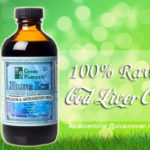
Why you should give up yogurt for kefir, the new beauty elixir for gorgeous skin
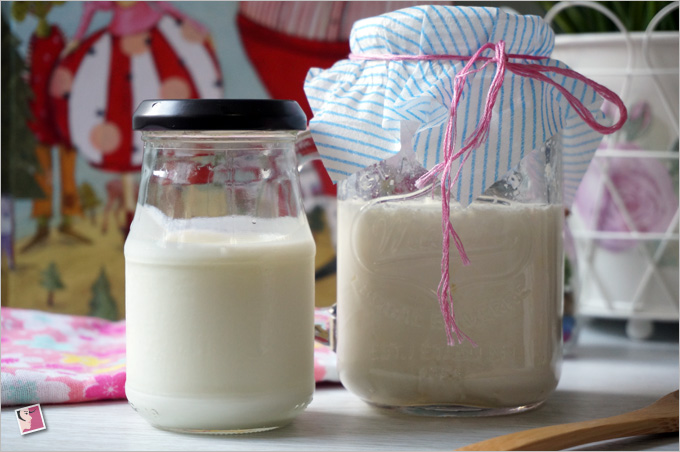
Would you drink milk that tastes terribly sour? Probably not. But what if I’d told you that it contains beneficial yeast, is rich in probiotics, has loads of nutritious vitamins plus minerals, and goes by the name “kefir”? More inclined to try it now?
Kefir is really a fermented milk drink made with kefir grains. These grains look like white pieces of corals or small clumps of cauliflower. They do not look very spectacular but they are chock-full of health-giving benefits.
The name, kefir, came from the Turkish word “keyifâ€. It means “good feeling†because drinking kefir was associated with general well-being. What’s unique about these grains is that they contain the bacteria/yeast mixture clumped together with casein (milk proteins) and complex sugars.
What’s kefir grains
No one knows how kefir grains came about except that they originated centuries ago from the Northern Caucasus Mountain region of the former USSR. Some even claim that kefir grains are manna from heaven.
Well, manna or not, kefir grains were known as prized possessions handed down from generations to generations. Kefir then became an extremely popular drink in Russia and later throughout Europe, thanks to a Caucasian prince who had to give it away because of his foiled plan to kidnap a beautiful Russian lady.
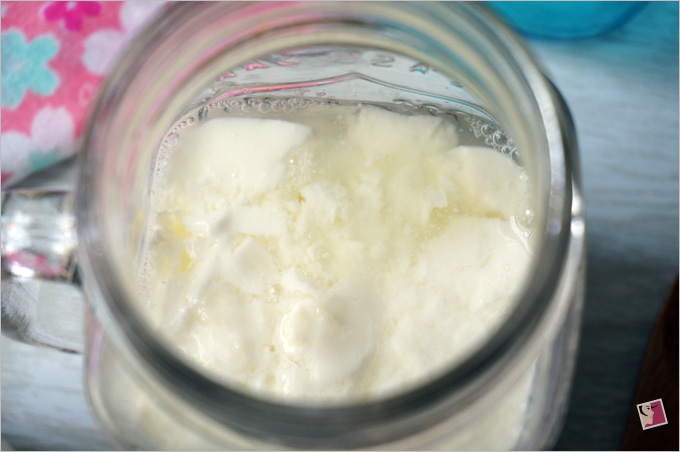
Okay, if you’re drinking kefir, don’t go freaking out that you might have been consuming something that have expired some thousand years ago.
The grains might have come a long long way but you’re definitely not consuming something ancient. Kefir grains contain live micro-organisms that multiply as they ferment in the milk so you can say that kefir grains today are freshly grown. It’s just that you can’t get fresh kefir grains today unless someone donates the first batch to you.
Huh, did you just say “donate”?
I know right? I was amused when my colleague said that she got her kefir grains from a donor. Hmm. I suppose going by the history of the grains, you can also claim your kefir grains as an inheritance if they come from your family. All I can say is that the interesting history of the grains certainly adds more color to the insignificant looking white kefir.
Why drink kefir
Before anyone dismiss kefir as some white fluff that health fanatics spout as the latest superfood, these unimpressive-looking grains actually come with amazing health properties such as these:
-promotes healthier gut
-prevents colon ailments
-kills candida
-builds bone density and prevents osteoporosis
-fights allergies
-heals some skin disorders like eczema, psoriasis, acne
And not just health benefits but the high probiotics in kefir makes it the best beauty elixir by keeping acne and blemishes at bay. Your skin becomes clearer and that’s why kefir is great for your skin!
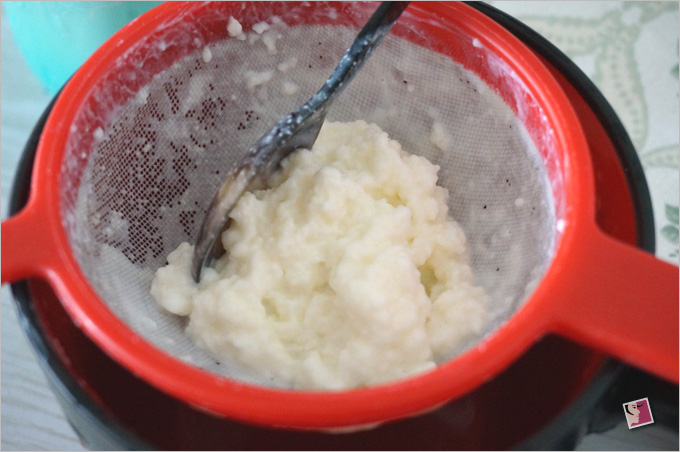
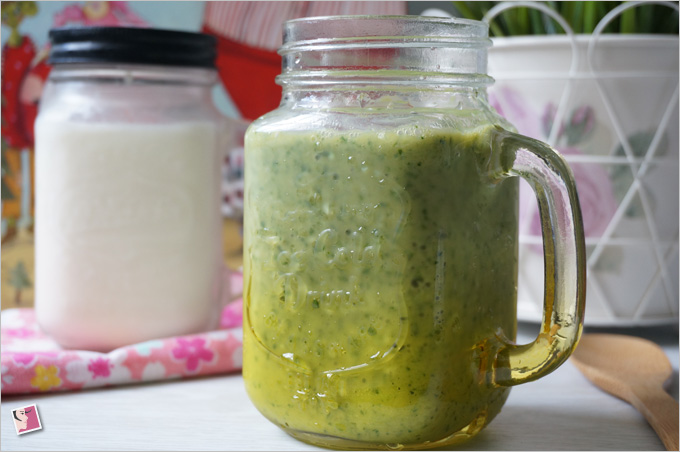
What can you expect from drinking kefir
I was introduced to kefir by a colleague. I soon found out that a few others in the office have been drinking kefir for a year or so. When asked about noticeable benefits, a number of them mentioned cleaner gut, healthier immunity, and stronger bones.
Well, after drinking milk kefir for almost three months now, I can attest that it works as a great probiotic but other than that, I still can’t see a remarkable difference to my body. Now does that mean that kefir is useless? Well, hardly.
As with any food, you would need to consume it for a prolonged period to know for sure. My colleagues didn’t reap the benefits immediately. They had to keep drinking it for a season.
But before you all go crazy about kefir, I need to highlight three uninspiring facts about this fermented drink.
First, kefir is an assault to your taste buds. If you hate yogurt or cream cheese, you’ll find this drink absolutely repulsive because your taste buds are gonna be bombarded with a mix of yogurt, creamy milk, sour vinegar all at once.
All right…I did exaggerate. It isn’t that bad but I had to take time to get used to the taste. Now, I’m fine with it but I just need to ensure it doesn’t get over fermented or it’ll be extremely sour.
Second, you are likely to suffer a healing crisis when you first begin taking kefir. The effects could range from headaches, diarrhoea, cramping to breakouts—symptoms commonly associated with detox.
I suffered a bout of oral thrush for a few days when I first consumed kefir. Thank God it cleared up very quickly and I was back to normal within a week.
Finally, and probably the thing that makes me wanna give up on kefir is the preparation process. You see, to make milk kefir, you need to soak the kefir grains in milk for 24 hours. Once the grains ferment the milk, incorporating their friendly organisms to create the cultured product, you’ll start to see the mixture separate into whey and curds.
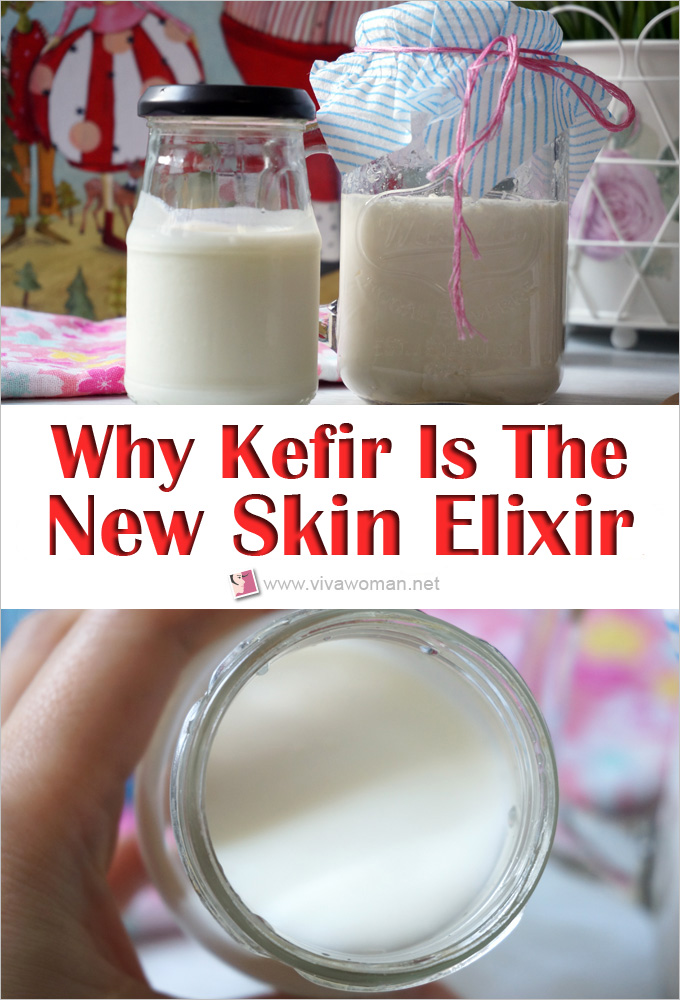
Why I feel like giving up on kefir
To consume the kefir, you need to strain the content out with a strainer. Because the mixture is creamy and thick, you have to keep stirring to separate the grains and the whey and curd. It’s fun at first…until you realized have to do this every day for the rest of your life! The only way out of the process is to store the kefir in the fridge to stop the fermentation temporarily.
Well to avoid preparing daily, I now make my milk kefir on alternate days. That sort of alleviated the tedious daily prep.
Oh, as the grains begin to grow and multiply, you will need to manage them so that you don’t run into issues of too much grains, too little milk. I have thrown away grains when they become excessive.
To ensure your batch of kefir is successfully fermented, you also have to ensure that the grains do not come into contact with metal. So plastic spoon, strainer and glass containers are ideal. Also, cover the kefir while it is fermenting. Most recommend a breathable dish cloth but I just used a cling wrap and it worked fine.
Here’s a video I found on the web to show you how to make milk kefir. To make your first batch of kefir, you’ll need to get hold of a starter kit which essentially contains the grains.

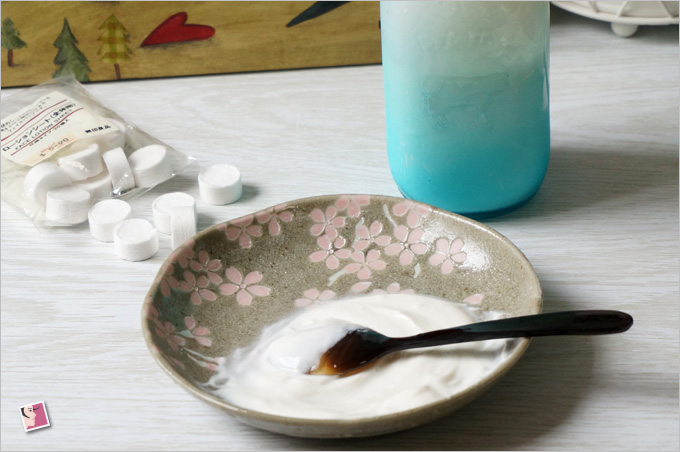
Why kefir is better than yogurt
While I haven’t seen a great difference after consuming kefir, I’m willing to persevere. After all, three months is too early to tell. But I definitely find consuming self-cultured probiotics quite cool. The fact that it contains live micro-organisms and has as many as 30 or more strains of probiotics–much much more potent than your typical yogurt–are good enough reasons to continue. In the first place, I was never a fan of yogurt. I guess now that I have kefir, I never will.
How do I drink my kefir? I usually just drink it plain. At times, I’ll mix it in a smoothie. But I really like that milk kefir also makes a good DIY beauty mask–better than yogurt in terms of smell and texture! So drink up but don’t finish up. Leave some that you can apply like a mask on your face or use over a DIY sheet mask. You can also add some matcha, oats or rice powder if you like.
Besides milk kefir, I’ve also read that people make coconut kefir or water kefir. It’s quite intriguing but for now, my hands and tummy are full of milk kefir.
Oh, I’m not exactly sure where you can get a starter kit in Singapore if no one offers a donation of their kefir grains but I know you have freeze-dried options available at iHerb. However, I have no idea how effective they work. Perhaps someone who has tried can share their experience?
Any of you tried kefir? Do you like it? What difference has it made to you?
Comments
Leave a Reply
You must be logged in to post a comment.



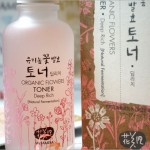
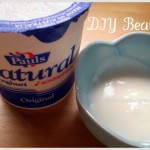









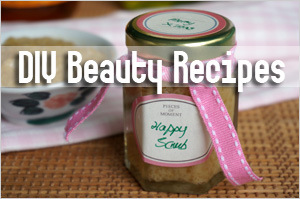
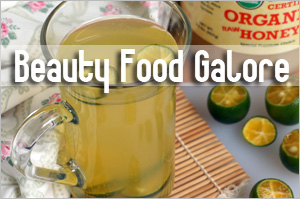

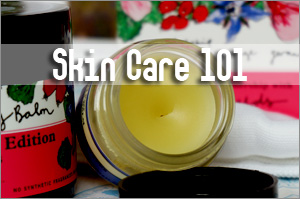

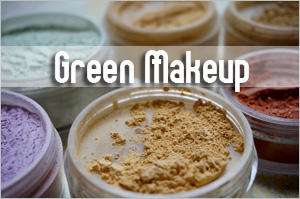


people are love to visit wave by your guidance and beautiful pictures post waiting for more posts
I keep seeing kefir at Aldi when I’m shopping and haven’t been brave enough to take the plunge. Thanks for all the amazing info on it Sesame. I’m going to pick some up next time I’m out. I can do this! Lol.
xo-Jane
http://www.SheerMiracle.com
You know you can make it/buy it flavored. Like strawberry.
Yeah…hope you’ll like it. It took me some adjusting but I’m better with it now.
I suppose there are always different ways to make it more palatable.
For those who don’t like kefir’s taste there is option to try “ryazhenka”, type of milder creamy dairy product made from baked fermented milk… It tastes slightly caramel-like and is popular among the children as kefir is more known as a drink for adults. Since it takes about 8-10 hours to cook ryazhenka (fermented milk should be baked in the oven with the low heat overnight) I prefer to buy it in Russian grocery stores!
it kind of reminds of the same concept SK2 is trying to promote in their products. apparently SK2 products contain pitera, obtained from some fermentation process. nice concept, but i find SK2 products overpriced. a good alternative is just mixing probiotic sachets with water. otherwise, i find just consuming products with yeast such as marmite or wholemeal bread is a good substitute.
Sounds interesting but we don’t have it here…not about to cook it based on 8 – 10 hours. o.O
Fermented products are gaining a lot of ground these days. I use Whamisa’s toner that is also fermented. It’s natural so I prefer it to products like SKII.
Hi Sesame! You really make my day with your lovely post ? As we here in Hungary eat a lot of kefÃr just as much as yoghurt. This is so basic for us. When I was a kid I don’t like the taste of it but when I got older I get used to it :).I’ve never made it to myself, it’s a little bit odd for me and too much fuss, so much easier to buy, as it is so cheap…much more cheaper than fruit yoghurt. Actually I prefer kaukasian (that’s the right word in english?) style kefÃr and the drinking version of it. This is so easy to start a day with it ? I also love it as a sheet mask ? It also has benefits when you get sick and you need to take antibiotics, there is no need to take any supplementary probiotics just drink kefÃr between the pills. But please avoid it after tooth extraction or tooth scale removal as it really contains bacteria which is bad for your wounded mouth.
Oh wow…so good to hear a first-hand perspective of someone who takes kefir regularly. I guess it’s very common in Hungary. Over in Singapore, it’s not popular and I haven’t seen it at the Supermarket. So we have no choice but to make it. And thanks for the tip about not taking it after tooth extraction. I didn’t know. I also haven’t heard of kaukasian. Need to look up to find out.
I absolutly love kefir!
I both drink fruit and milk kefir on a daily basis.
I feel more stressless and my skin got brighter <3
Have you tried kombucha?
Oh wow… Thanks for sharing your experience with kefir. I am more inspired to continue after reading your good results with kefir.
I read about kombucha but have never tried it. Is it better?
Hello ! I’ve tried the Yogourmet kefir from I herb. It is super easy to make with cow milk or even with homemade soya milk. I don’t know which is better. Perhaps soya milk is lighter ?
Not sure soya milk ferments the kefir as well cow’s milk. You can give it a try. But I think it should be fine.
Hi.. I am from South Africa, pregnant with my 7th kid, others are all just over a year apart. I have been taking kefir for a while now and the reults are amazing! I don’t have to take any vitamin or iron tablets during pregnancy. Myself, kids and hubby take the kefir each day straight out of the jar with nothing added, they don’t have a problem consuming it. I suppose that’s because we have always been eating healthy, and healthy foods are quite less unappetising far! Well, I still wear a sz28 (just a big blob in front by my tummy, lol). Its a MUST for everyone to take kefir! Thanks for your super enriching post! Xxx